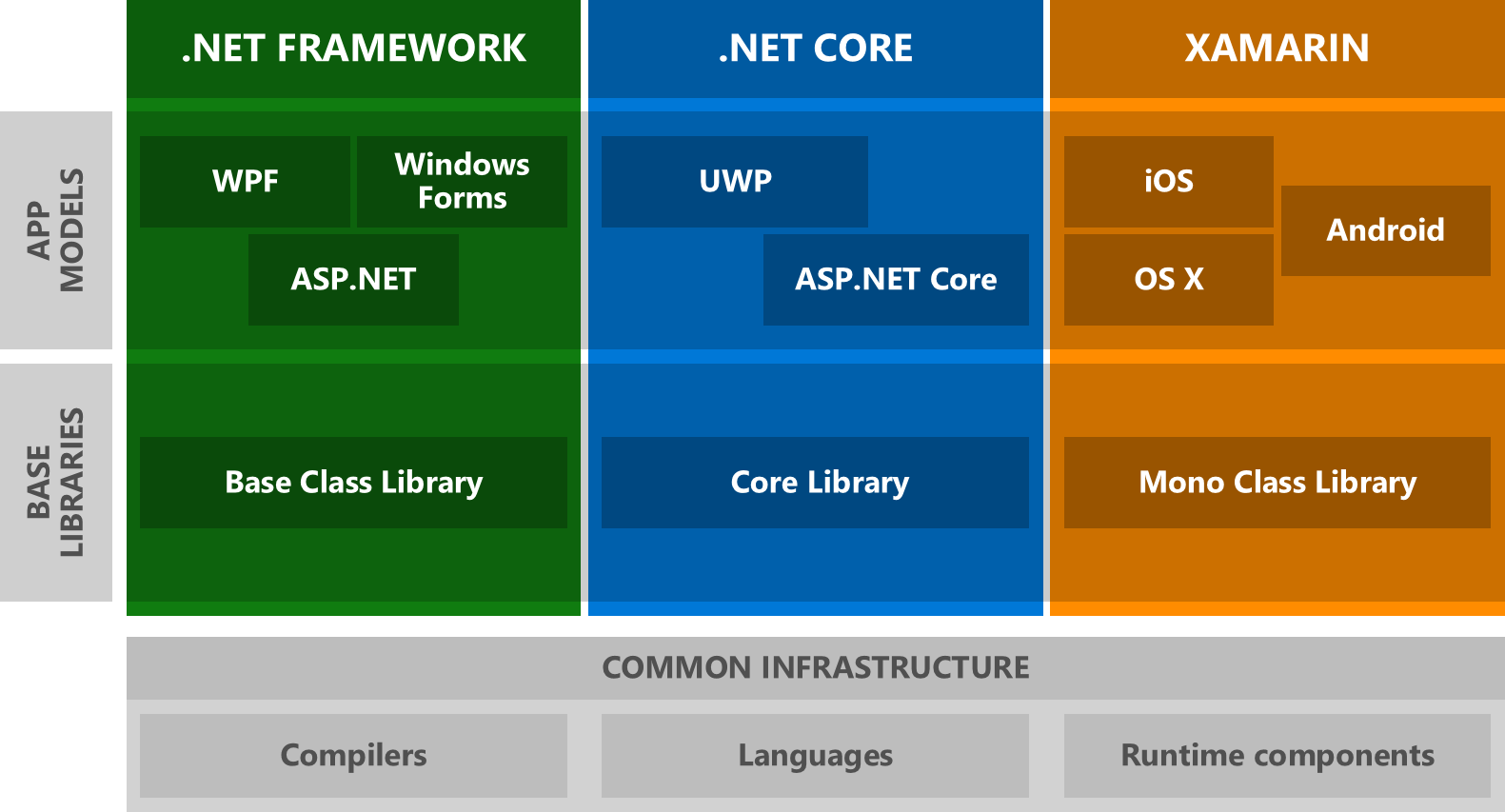The Comprehensive Guide To .NET: Understanding Its Impact And Applications
In the ever-evolving landscape of technology, .NET has emerged as a powerful framework that developers rely on for building robust applications. This article delves into the intricacies of .NET, exploring its features, advantages, and the myriad of applications it supports.
As we navigate through this guide, you will gain insights into the architecture of .NET, its programming languages, and how it integrates with various platforms. Understanding .NET is essential not just for developers but for anyone interested in the digital world, as its influence spans across numerous industries.
Join us as we uncover the layers of .NET, providing you with the knowledge you need to appreciate its capabilities and the role it plays in today’s software development environment.
- Buckley Carlson The Rising Star In American Politics
- Hotblockchain Leaked Exploring The Controversy And Its Implications
- What Is Mike Lindells Net Worth
- Clint Eastwood On Trump Insights From The Legendary Actor And Director
- Why Is Harris Faulkner Leaving Fox Unraveling The Mystery
Table of Contents
- What is .NET?
- History of .NET
- Understanding .NET Architecture
- Programming Languages Supported by .NET
- Benefits of Using .NET
- Applications of .NET
- The Future of .NET
- Conclusion
What is .NET?
.NET is an open-source, cross-platform framework developed by Microsoft that enables developers to build, deploy, and run applications across different platforms. Initially released in the early 2000s, .NET has evolved significantly, now supporting various programming languages and application types.
Key Features of .NET
- Cross-Platform Compatibility
- Rich Class Libraries
- Support for Multiple Languages
- Strong Security Features
- Automatic Memory Management
History of .NET
The journey of .NET began in the early 2000s when Microsoft aimed to create a unified platform for application development. The first version, .NET Framework 1.0, was released in 2002, and it laid the groundwork for future developments. Over the years, .NET has expanded to include .NET Core, a cross-platform version, and .NET 5, which unified the various .NET implementations.
Understanding .NET Architecture
.NET architecture consists of several components that work together to provide a seamless development experience. The key elements include:
- Plumpy Mage The Revolutionary Nutritional Supplement In Global Health
- Don Bradley Road Rage Case What Happened
- Mckinley Richardson The Rising Star In The World Of Entertainment
- Emily Compagno The Rise Of A Fox News Star
- What Does Aaron Donalds Brother Do A Comprehensive Look Into The Life And Career Of Archie Donald
- Common Language Runtime (CLR)
- Framework Class Library (FCL)
- Application Domains
- Assemblies
The Role of Common Language Runtime (CLR)
The CLR is the execution engine for .NET applications, providing services such as memory management, type safety, and exception handling. It ensures that code runs securely and efficiently across different environments.
Programming Languages Supported by .NET
One of the significant advantages of .NET is its support for multiple programming languages. Some of the most popular languages include:
- C#
- VB.NET
- F#
- ASP.NET for web development
Benefits of Using .NET
Utilizing .NET for application development offers numerous benefits:
- Enhanced Performance
- Scalability and Flexibility
- Robust Security Features
- Comprehensive Support and Documentation
Applications of .NET
From web applications to enterprise software, .NET is versatile and supports various application types:
- Web Applications using ASP.NET
- Desktop Applications with Windows Forms
- Mobile Applications with Xamarin
- Cloud-Based Applications with Azure
The Future of .NET
As technology continues to evolve, so does .NET. Microsoft is committed to enhancing the framework, with ongoing updates and features that cater to modern development needs. The introduction of .NET 6 signals a new era of unification and improvement, making it easier for developers to create applications across platforms.
Conclusion
In summary, .NET is a powerful framework that has transformed the landscape of software development. Its comprehensive architecture, support for multiple languages, and wide-ranging applications make it an essential tool for developers. As you explore the world of .NET, consider how it can benefit your projects and enhance your programming skills.
We invite you to share your thoughts on this article, leave a comment below, or explore more content related to .NET and software development!
Thank you for reading, and we hope to see you back on our site for more insightful articles!
- Exploring The Life And Career Of Jeri Caldwell A Multifaceted Talent
- Lookmovie 2to Your Ultimate Guide To Streaming Movies Online
- Kaitlyn Krems Rising Star In The World Of Social Media And Influencer Marketing
- Why Did Harris Faulkner Leave Fox
- Is Ernest Twigg Still Alive A Comprehensive Exploration

What's New in 7 for Authentication and Authorization

What I’m Excited to See in 8 Don't Panic Labs

Introducing Standard Blog